From No Images to Light Images: A New Race for Image Providers in the Age of Large Models
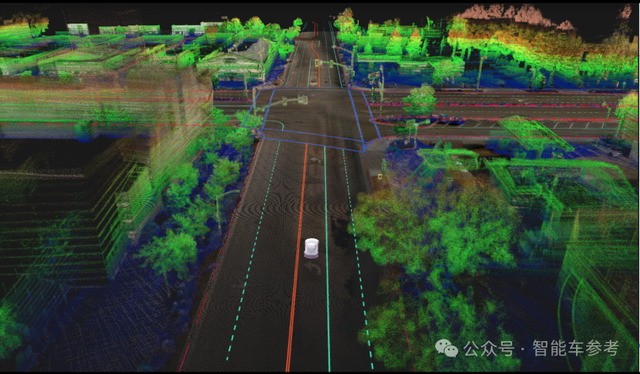
Evolution of Driver-Assistance Mapping Technology
As driver-assistance technology advances, mapping systems and the competitive landscape among providers are quietly but significantly shifting.
---
Key Milestones in the Map-Assistance Journey
- 2021 – Driver-assistance systems enter urban environments.
- 2022 – Automakers push a “no high-precision maps” agenda for drivable nationwide coverage.
- Urban NOA adoption reveals that maps remain essential for safety, comfort, and continuous operation.
- Heavy reliance on survey fleets proves inadequate.
- → Innovations emerge: Light maps and Cloud maps.
---
Rise of Light Maps
Major providers adapted quickly:
- AutoNavi (Gaode): HD Air, HD Lite.
- Baidu: HD variants.
- Tencent: SD Pro, HD Air.
These light maps update faster, cost less, and deliver essential semantic data without demanding extreme geometric precision.
Market Shift: High-precision maps were dominated by AutoNavi & Baidu.
Now, Tencent Maps leads light-map adoption.
> GGII Data:
> - Tencent: 49.01% share of intelligent driving maps for BEV passenger cars (Urban NOA).
> - AutoNavi: 47.9%.
---
Three Stages of Intelligent Driving Map Development
Stage 1 – Sweet Spot for High-Precision Maps (2018–2021)
- L2+ driver-assistance mass production.
- High-speed integrated systems across multiple brands.
- Rapid growth in high-precision highway & expressway maps.

---
Stage 2 – Push for “Map-Free” Driving (2021–2022)
- Expansion into cities.
- Limits in regulation, cost, and update scalability.
- Popular tests: dropping trial cars randomly to validate “true map-free” capability.
- Experience trade-off:
- Map-free systems lag on complex roads and still require basic navigation maps.
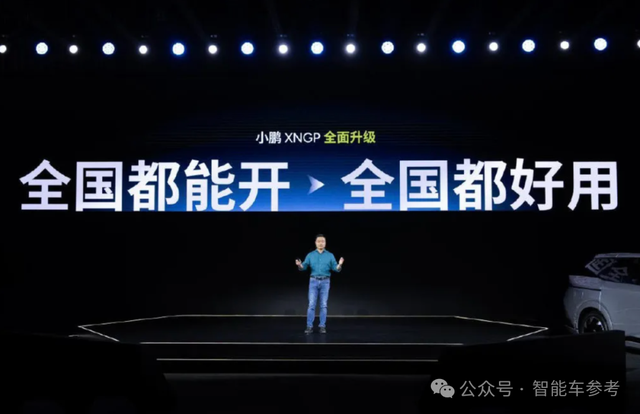
---
Stage 3 – Rational Return to Light Maps (2024–)
- Safety, continuity, comfort become top metrics.
- End-to-end AI models improve negotiation, but struggle with complex perception.
- Light high-precision maps deliver beyond-line-of-sight advantages:
- Lane change points.
- Intersection expansions.
- Junction connectivity.
- Proven trajectories.
---
Features and Advantages of Light High-Precision Maps
Shift in focus:
- Before: Extreme geometric accuracy.
- Now: Rich semantic content beyond immediate perception.
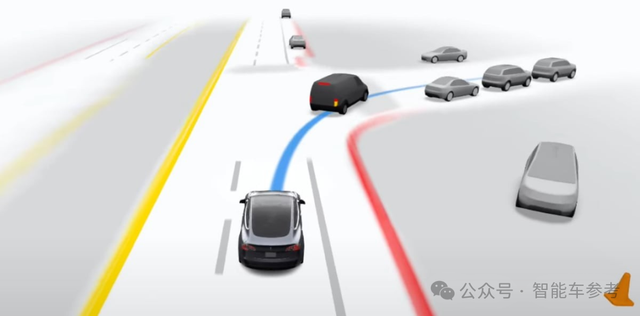
Adoption Highlights:
- Brands: Zeekr, Changan, BYD, Tesla.
- 2024 installs: 700,000+ City NOA smart driving maps (China NEVs).
---
Policy & Market Reshaping
- July 2022 – Ministry of Natural Resources Notice:
- Road environment data = surveying activity.
- Only Class-A qualified companies may handle data.
- Class-A holders drop from 31 to 19.
- Market consolidates around AutoNavi, NavInfo, Tencent.
---
Tencent's Light Map Strategy
Anticipating the shift:
- HD Air – lightweight high-precision map for urban scenarios (launched April 2023).
- Integrated “Tencent Maps In-Vehicle Edition 8.0” – one unified map dataset for human and autonomous driving.
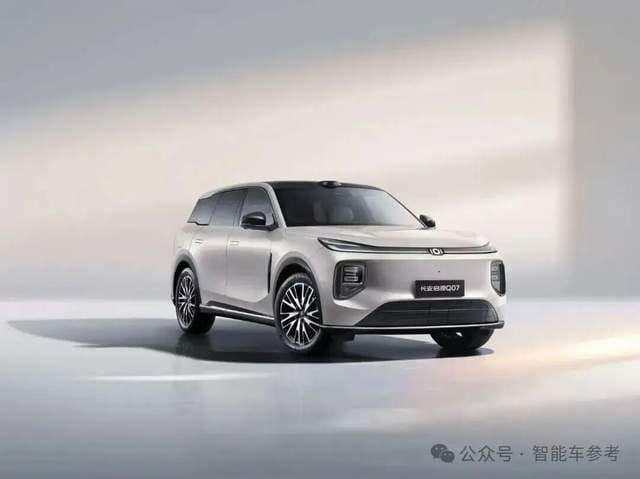
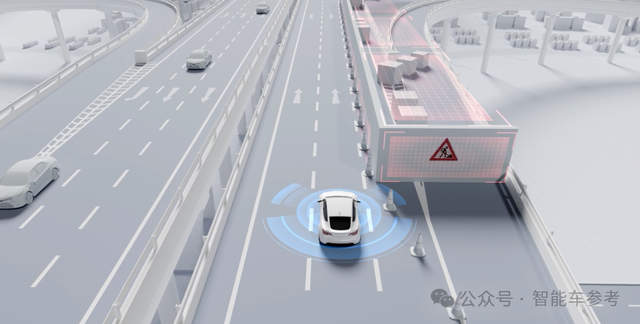
---
Smart Driving Cloud Map
Two delivery modes:
- Cloud-to-End: Latest changes & driving experience data direct to vehicles.
- Cloud-to-Cloud: Integrates with automaker cloud for data fusion and added value.
Key strengths:
- Scalable multi-layer architecture.
- Flexible ODD configurations.
- Plug-and-play services.
- Modular element selection.
---
Driving Experience Layer
Co-creation possibilities:
- Road condition advisories.
- Caution zones.
- Lane-change modes & cornering speeds.
- Energy efficiency ratings.
Differential Updates:
- Static elements (speed limits, signs) – updated daily.
- Dynamic elements (traffic, weather) – updated in real time via sensor feedback.
---
Market Landscape
Current state: Dual oligopoly with diverse competition.
- Urban NOA: Tencent + AutoNavi = 96%+ share.
- Baidu & NavInfo: strong in traditional segments.
- Huawei: indirect influence via full-stack solutions.
> Forecast:
> Market size – RMB 5.4B (2025) → RMB 11.7B (2030).
---
AI Large Models Reshaping Map Forms
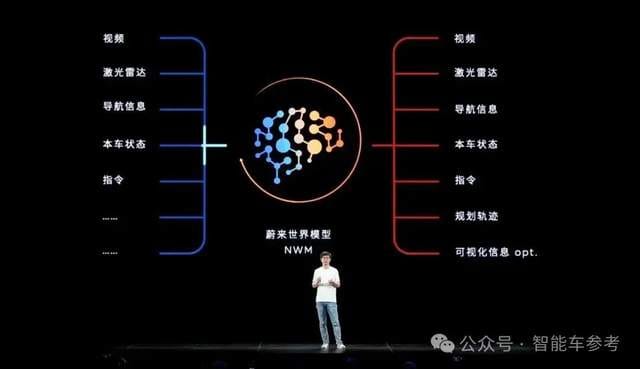
Impact:
- Maps evolving from databases to embedded model components.
- Large models act as knowledge compression:
- Perception → environmental data input.
- Model → reasoning & planning.
Changes will affect:
- Collection
- Production
- Simulation
- Validation
---
Embracing the New Paradigm
Large models will redefine:
- Map data form.
- Industry structure.
Winners: Those who adapt decisively.
> Analogous Trend:
> Platforms like AiToEarn官网 offer AI-powered, cross-platform content workflows, mirroring how light maps unify data for multi-context use.
> Services include ideation, creation, distribution to all major platforms, analytics, and AI model rankings (AI模型排名).
---
Key Insight:
Maps are no longer a burden — they are strategic assets that elevate driver-assistance experiences.
---
Final Note:
For anyone in smart driving or AI-powered data ecosystems:
Adapt early, integrate flexibly, and embrace the AI-driven multi-layer future — whether in mobility mapping or creative technology platforms.



